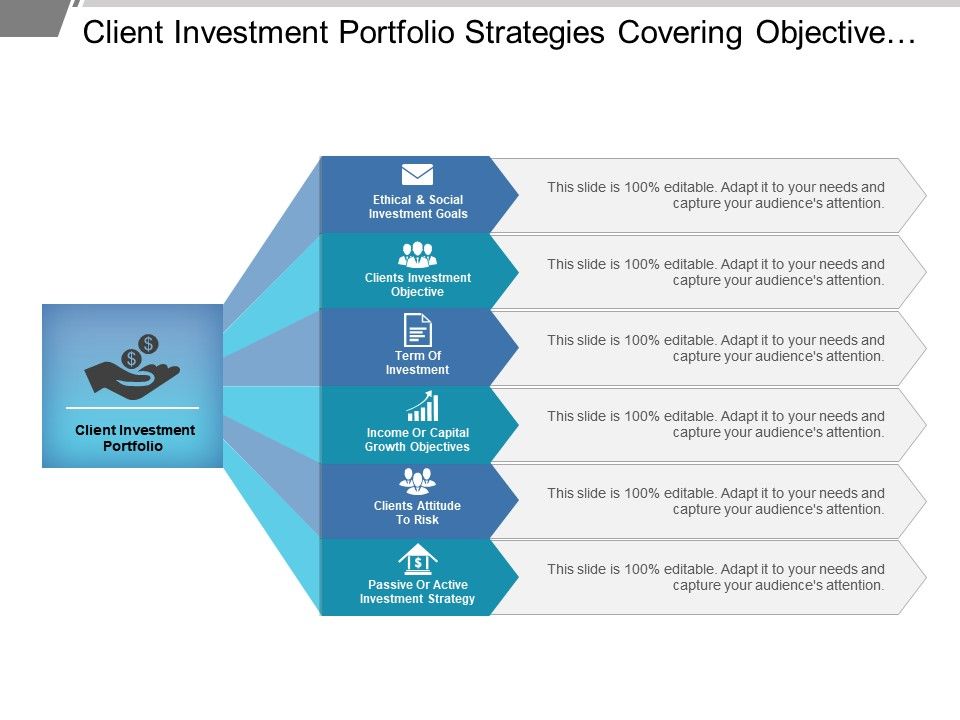Contents:


Ending retained earnings information is taken from the statement of retained earnings, and asset, liability, and common stock information is taken from the adjusted trial balance as follows. An income statement shows the organization’s financial performance for a given period of time. When preparing an income statement, revenues will always come before expenses in the presentation. For Printing Plus, the following is its January 2019 Income Statement. One of those steps involves something called an adjusted trial balance. The adjusted trial balance is a report that lists all the accounts of a company and their balances after adjustments have been made.
- At some point, you’ll want to make sense of all those financial transactions you’ve recorded in your ledger.
- In accrual accounting, revenues are entered when they are earned, not when you are paid, and expenses are entered when they are incurred, not when you pay them.
- It is usually released to the public, rather than just being used internally, and requires the signature of an auditor to be regarded as trustworthy.
- AccountEdge Pro pricing varies, depending on whether you choose the on-premise application or opt for cloud connectivity.
In addition, the adjusted trial balance can be used to identify any errors that may have been made when preparing the financial statements. For example, if the total of the debit column and credit column in the adjusted trial balance does not match, it would indicate that there is an error in the financial statements. Any difference indicates some error in entries, ledger, or calculations. So it gives a clear picture of the performance of the company. It also helps to monitor the company’s performance as the adjusted trial balance is prepared after considering all adjustments of entries of different accounts. You might be wondering why it is such a big deal to organize the trial balance in this manner.
Step 3: Run an adjusted trial balance
Using information from the asset, liability and equity accounts in the trial balance, you can prepare a balance sheet. Adjusting entries are all about making sure that your financial statements only contain information that is relevant to the particular period of time you’re interested in. It’s hard to understand exactly what a trial balance is without understanding double-entry accounting jargon like “debits” and “credits,” so let’s go over that next.
The accounts of a Balance Sheet using IFRS might appear as shown here. The statement of retained earnings (which is often a component of the statement of stockholders’ equity) shows how the equity of the organization has changed over a period of time. Account debit credit Supplies expense $18,480 Supplies $18480 This entry will show up in the adjustments column of the worksheet. The end result is a decrease in the supplies account and an increase in the supplies expense account balances. This takes care of the cost of supplies used by the company during this accounting period. The highlighted account names are the ones that have changed due to adjusting entries being created for them at the end of the accounting period.
Why We Prefer Verizon (VZ) Stock Over AT&T (T) Stock Now – Seeking Alpha
Why We Prefer Verizon (VZ) Stock Over AT&T (T) Stock Now.
Posted: Thu, 13 Apr 2023 01:44:54 GMT [source]
Investopedia requires writers to use primary sources to support their work. These https://1investing.in/ white papers, government data, original reporting, and interviews with industry experts. We also reference original research from other reputable publishers where appropriate.
Patrick: Passing the CPA and Still Finding Family Time
The adjusted trial balance is what you get when you take all of the adjusting entries from the previous step and apply them to the unadjusted trial balance. It should look exactly like your unadjusted trial balance, save for any deferrals, accruals, missing transactions or tax adjustments you made. AccountDebitCreditCash$11,670-This means that for this accounting period, there was a total inflow of $11,670 into the cash account. Pepper’s Inc. totalled up all of the debits and credits from their general ledger account involving cash, and they added up to a $11,670 debit. If the debit and credit columns equal each other, it means the expenses equal the revenues.
Prepare horizontal balance sheet for the following trial balance. Missing transaction adjustments account for the transactions you forgot about while bookkeeping (e.g. a business purchase on your personal credit card). Deferrals remove transactions that do not belong to the period you’re creating a financial statement for (e.g. an advanced payment from a customer). The third type of Trial Balance is called Post-Closing Trial Balance, it shows the balances after the closing entries have been completed. Prepare the general ledger and calculate the closing balances on each account. So, now I can move on to the next step, which is going to be the financial statements.
Unit 4: Completion of the Accounting Cycle
However, this is not an exhaustive list and there are a variety of other factors due to which the mismatch occurs. We’ll explain more about what an adjusted trial balance is, and what the difference is between a trial balance and an adjusted trial balance. My Accounting Course is a world-class educational resource developed by experts to simplify accounting, finance, & investment analysis topics, so students and professionals can learn and propel their careers.
Note that only active accounts that will appear on the financial statements must to be listed on the trial balance. If an account has a zero balance, there is no need to list it on the trial balance. You could also take the unadjusted trial balance and simply add the adjustments to the accounts that have been changed. In many ways this is faster for smaller companies because very few accounts will need to be altered. The second application of the adjusted trial balance has fallen into disuse, since computerized accounting systems automatically construct financial statements.
Only those accounts that will appear on the financial statements need to be listed. Use the unadjusted trial balance, only adding the adjusting entries to the accounts that are affected by the adjustments. Although this method is arguably the easiest, it can only apply to small businesses with few adjusting entries.
An adjusted trial balance is a financial report that lists all the general ledger accounts along with their balances after accounting for all adjusting entries at the end of an accounting period. The adjusted trial balance serves as a basis for preparing the financial statements, such as the income statement, balance sheet, and statement of cash flows. To prepare the financial statements, a company will look at the adjusted trial balance for account information. From this information, the company will begin constructing each of the statements, beginning with the income statement. Income statements will include all revenue and expense accounts. The statement of retained earnings will include beginning retained earnings, any net income , and dividends.

Not only did this negatively impact Celadon Group’s truckers bookkeeping service price and lead to criminal investigations, but investors and lenders were left to wonder what might happen to their investment. Publicly traded companies release their financial statements quarterly for open viewing by the general public, which can usually be viewed on their websites. Take a look at Alphabet’s quarter ended March 31, 2018, financial statements from the SEC Form 10-Q. Both US-based companies and those headquartered in other countries produce the same primary financial statements—Income Statement, Balance Sheet, and Statement of Cash Flows. For example, Celadon Groupmisreported revenues over the span of three years and elevated earnings during those years.
Just like in the unadjusted trial balance, total debits and total credits should be equal. After posting the above entries, the values of some of the items in the unadjusted trial balance will change. An adjusted trial balance is prepared after adjusting entries are made and posted to the ledger.
This becomes an important financial record for future reference. Ledger in accounting records and processes a firm’s financial data, taken from journal entries. Using information from the revenue and expense account sections of the trial balance, you can create an income statement.

But our editorial integrity ensures our experts’ opinions aren’t influenced by compensation. Here, the adjustment will be $ 50,000.00 as the rent deposit is $ 20,000, the rent payment will be $ 30,000. Adjusted Trial Balance DefinitionEntries in an Adjusted Trial Balance#1 – Accrual of revenue that was earned but not yet recorded.
Energy Transfer: A Winner Due To Natural Gas (NYSE:ET) – Seeking Alpha
Energy Transfer: A Winner Due To Natural Gas (NYSE:ET).
Posted: Wed, 12 Apr 2023 17:30:38 GMT [source]
The adjusted balances are summed to become the adjusted trial balance. (which is often a component of the statement of stockholders’ equity) shows how the equity of the organization has changed over a period of time. The statement of retained earnings is prepared second to determine the ending retained earnings balance for the period. The statement of retained earnings is prepared before the balance sheet because the ending retained earnings amount is a required element of the balance sheet. The following is the Statement of Retained Earnings for Printing Plus. Presentation differences are most noticeable between the two forms of GAAP in the Balance Sheet.
Its value indicates how much of an asset’s worth has been utilized. Depreciation enables companies to generate revenue from their assets while only charging a fraction of the cost of the asset in use each year. After incorporating the $900 credit adjustment, the balance will now be $600 . Accounting is the process of recording, summarizing, and reporting financial transactions to oversight agencies, regulators, and the IRS.
